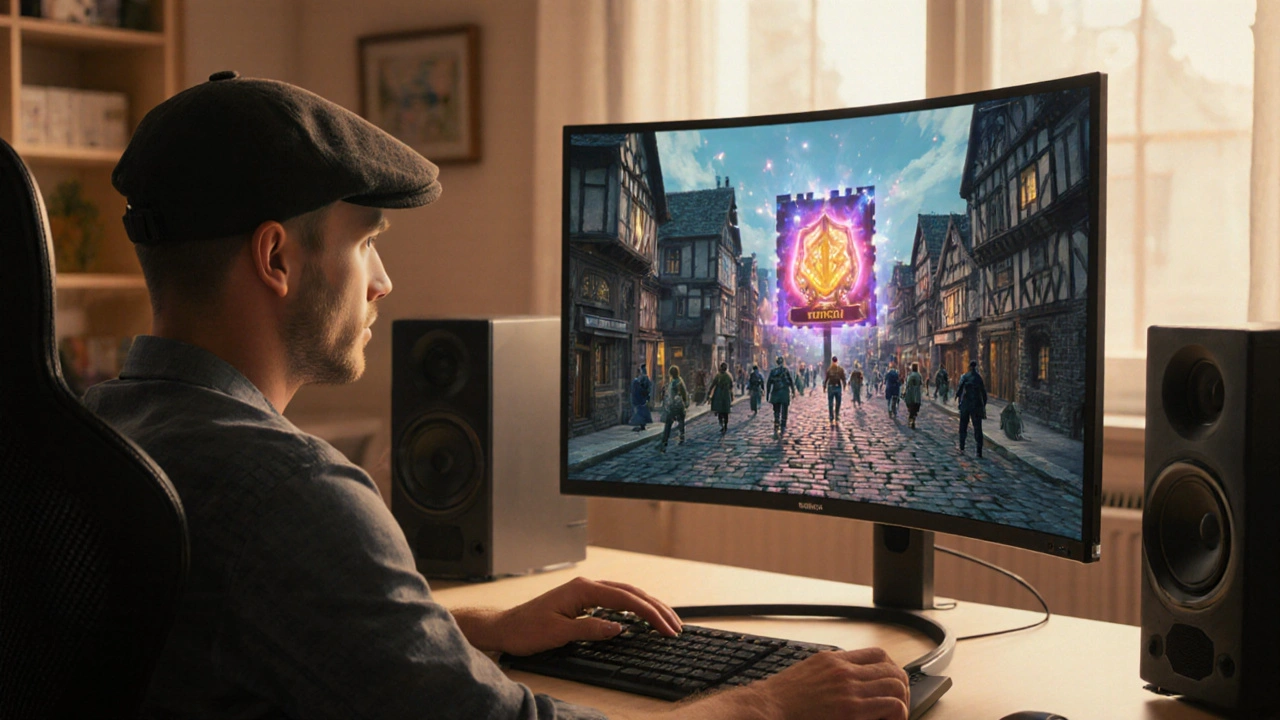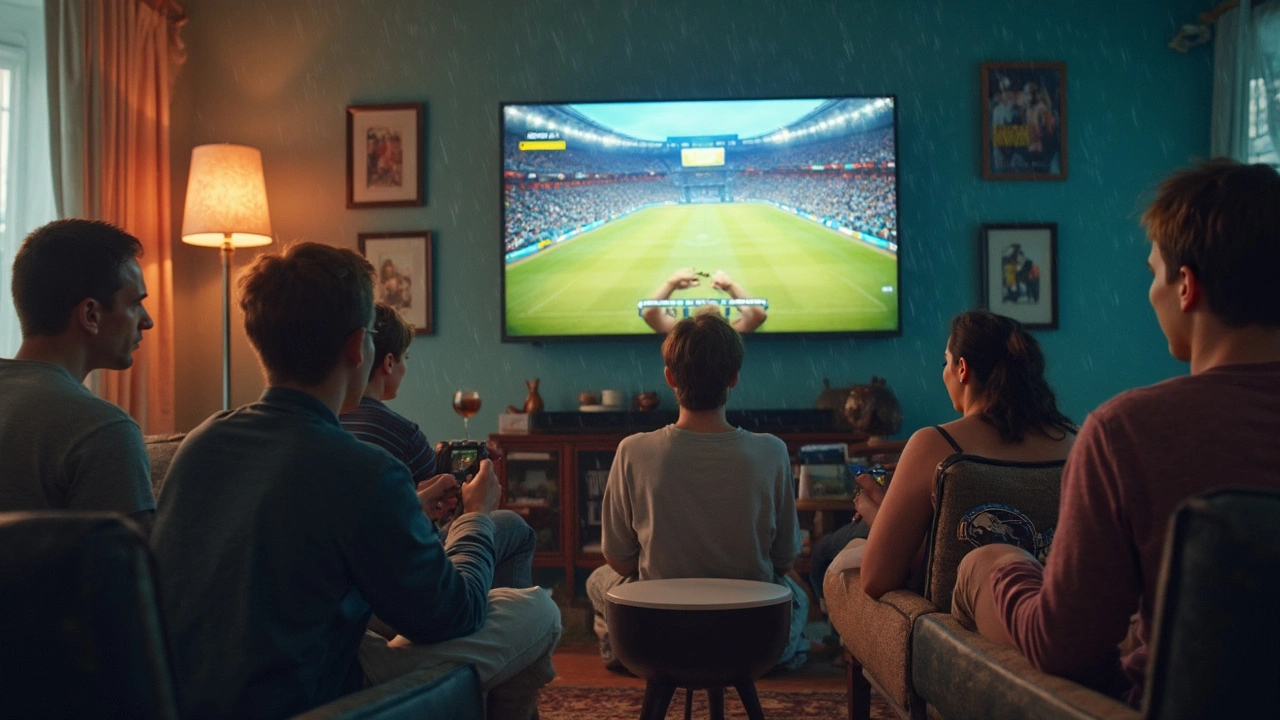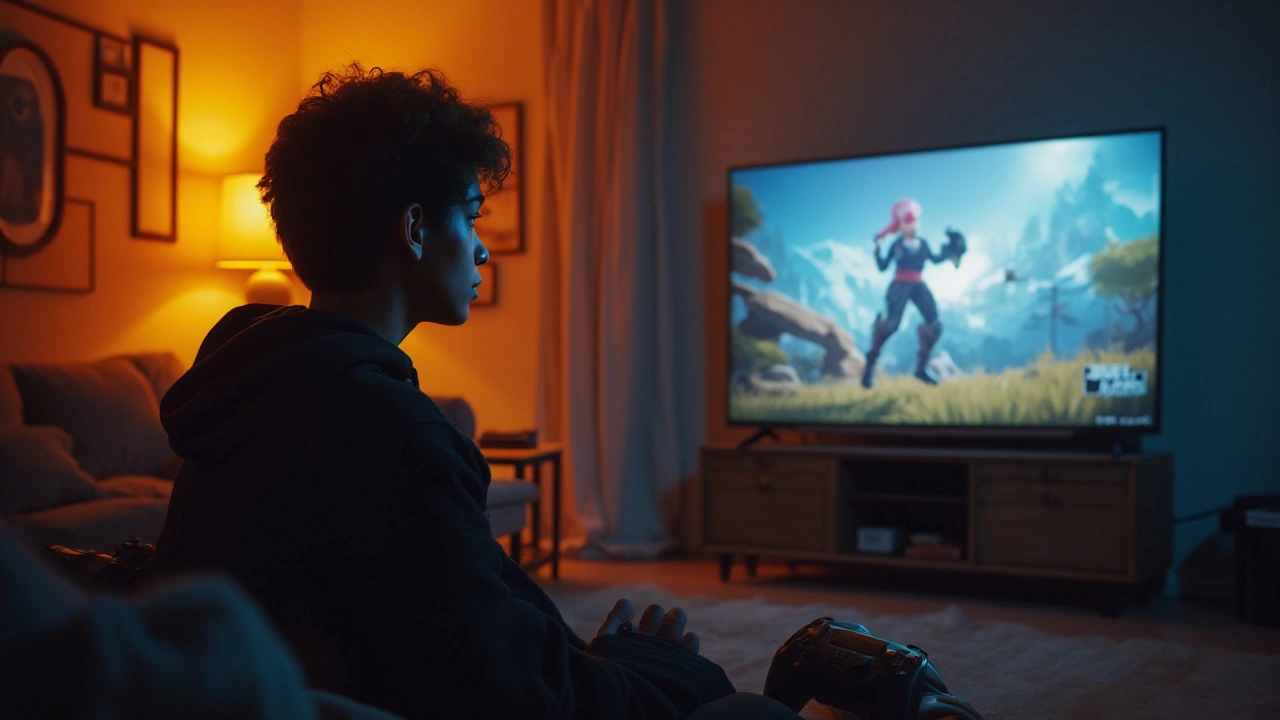In-Game Ads: Reach Players Where They Spend Time
Gamers now spend more time with games than many other media — that makes in-game ads a serious channel, not a novelty. If you want attention that sticks, you have to place ads where players actually notice them and don’t feel interrupted.
How in-game ads work and formats that perform
In-game ads come in a few practical flavors: static placements like billboards in racing titles, dynamic banners that change by campaign, rewarded video ads that players watch for in-game currency, and deeper native integrations such as branded skins or quest sponsorships. Each format has a straight-up use case: billboards build awareness, rewarded video drives installs or conversions, and native integrations create longer brand engagement.
Pick the format to match your goal. Want wide reach and brand recall? Use real-time dynamic placements in big titles. Want measurable response and installs? Start with rewarded or interstitial ads in mobile games.
Creative choices and campaign setup that actually work
Keep creative short and game-friendly. Players scan quickly—use bold visuals, a one-line benefit, and a clear action. For rewarded ads, show the reward plus the offer in the first two seconds. For native integrations, make the brand part of the scene: a believable product placement or a themed quest that adds value rather than blocking play.
Targeting matters. Use device, geography, genre, and player behavior data. If you sell running shoes, target sports or fitness game players. If you want teens, go for popular casual or social games, not hardcore strategy titles. Set frequency caps so players don’t feel spammed; three impressions per week is a safe starting point for many campaigns.
Measure what matters. Track impressions and viewability, but also look at downstream results: click-throughs, installs, in-app events, and brand lift tests when possible. For long-term value, monitor retention of users who came from the ad vs. those who didn’t. Cost per install (CPI) and cost per engaged user are useful depending on your goal.
Test fast and iterate. Run two creative variants, one bold CTA and one soft branding piece. Compare formats on the same audience. Games differ: what works in a puzzle game won’t work in an FPS. Use short A/B windows of 3–7 days to see clear signals.
Common mistakes to avoid: placing loud interstitials during gameplay, ignoring viewability, and skipping localization. A billboard in English is wasted in a market that plays in Spanish. Also, don’t treat games like TV—players control the experience. Ads that feel like part of the world win trust; ads that interrupt kill trust.
Budget advice: start small with a test flight (5–10% of your planned spend), prove which format and creative move KPIs, then scale to the top-performing placements. Partner with publishers who offer reporting access and transparent inventory.
Ready to try in-game ads? Pick a clear goal, choose the format that matches it, test creative quickly, and measure beyond impressions. Done right, games can be one of the most cost-effective ways to reach engaged audiences.
In-Game Ads Optimization: Boost Revenue & Player Experience
Learn proven tactics to fine‑tune in‑game ads, improve eCPM, and keep players engaged. Practical steps, real examples, and a handy FAQ included.
VIEW MOREIn-Game Ads: The Future of Marketing Is Already Here
Brands are diving headfirst into video games, using in-game ads to grab attention where people really spend time. With gamers outnumbering traditional TV viewers, these ads are reshaping the way companies connect with their audience. This article digs into how ads appear inside your favorite games, why they're so effective, and what tools marketers use to make it all happen. Plus, you'll get tips on crafting ads that actually work in virtual worlds—not just feel like background noise. It’s a sneak peek at what’s working right now and what’s coming next.
VIEW MOREIn-Game Ads: Transforming Gaming Experiences Without Killing the Fun
In-game ads are reshaping how both players and studios experience gaming, blending advertising into digital worlds in surprisingly creative ways. Smart ad integration can add realism and even increase revenue without annoying players. This article explains what in-game ads are, how they're being used, and how they could make or break a game's success. Expect practical tips and real-world examples focusing on keeping gameplay fun while generating income. Dive in if you're curious about why your favorite game suddenly has virtual soda billboards—and why that's not always a bad thing.
VIEW MOREIn-Game Ads: What You Need to Know
In-game ads have become a significant part of the gaming world, offering unique opportunities for advertisers. This article explores how these ads work, their impact on gaming experiences, and the potential benefits for both gamers and marketers. It delves into the challenges of balancing ads with gameplay and offers insights into future trends. By understanding these aspects, you'll have a clear picture of how in-game advertising shapes the gaming landscape.
VIEW MORERevolutionizing Digital Strategies: The Rise of In-Game Ads
In-game advertising is redefining digital marketing by integrating brands directly into gaming experiences. These ads range from subtle product placement to interactive campaigns, catering to a growing audience base. With the rise of mobile gaming and immersive technology, marketers are tapping into new demographics. This article explores the evolution, effectiveness, and challenges of in-game ads, helping readers understand the burgeoning landscape.
VIEW MORE




